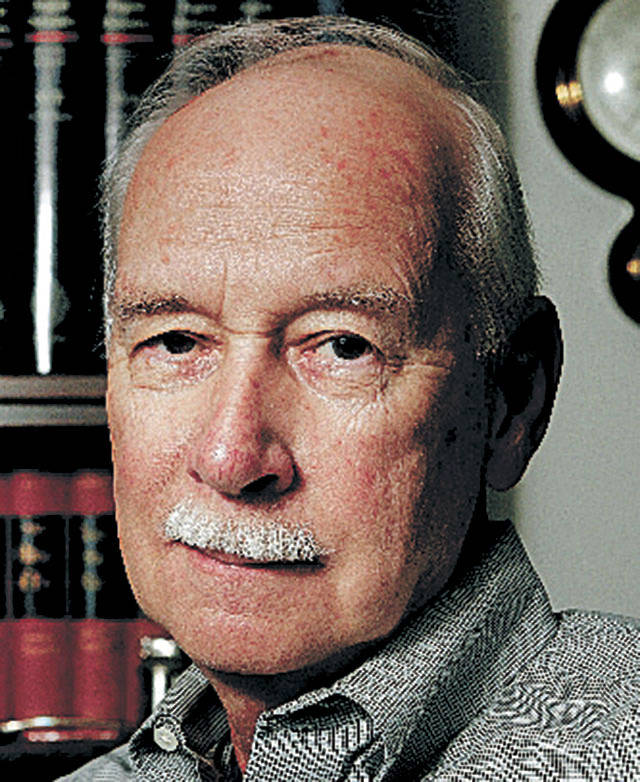Economics is an observational science, not an experimental science. The reason is simple enough. Economics is about people and, in general, people don’t like to be experimented on.
There is at least one exception to this rule. Very few people object if the experiment involves being handed a no-strings check every month,
That was the structure of an experiment in Finland. The government there recently concluded an experiment that tested a program aimed at reducing unemployment. It was designed to determine if the structure of unemployment benefits was an obstacle to reducing the number of jobless in an economy.
Finland’s welfare and unemployment structure are closely entangled, just like those in most other countries. The initial cause of the entanglement was reality; they address closely related problems. A subsequent cause, though, is that these programs are the result of a diverse mix of motivations.
Compassion for individuals and families devastated by layoffs, illness or other problems is a major ingredient. Attempting to keep an economic downturn from spreading is another. Certainly, it wouldn’t help the economy if layoffs in an area were followed almost immediately by business failures.
Prevention of fraud is another major motive in building the structure of the unemployment-welfare system. Images of the welfare fraud enjoying his leisure, “welfare Cadillacs” and bilking the system remain vivid in the public’s imagination.
The problem with these diverse motivations is the complex system they add up to. When you scramble a large number of motives and goals together you get a Denver omelet of a system as a result. And that is exactly what we’ve got in our unemployment-welfare system. The problem that presents for economists and other analysts is that it is difficult or impossible to identify causes in order to fix problems.
One of the important elements that has been particularly worrisome is the deduction of any earned income from benefits. Economists and virtually everyone else have come to believe that this provision inhibits individuals from seeking or taking any job that pays less than their unemployment check, which is usually based to some degree on wages they received in their previous job.
Rather than work, then, some individuals would choose to sit around and watch television, or pursue some other uncompensated, non-economic activity. Some might pursue employment in “off the books” cash work which they do not report to the unemployment or welfare authorities. Most of this work is illegal in that it deceives government tax and disbursement centers but some drifts over the line to other activities such as theft, dealing in stolen goods or playing roles in even more serious crimes.
Whatever use they put their idle time the important thing is that they are not working and are instead receiving unemployment benefits and perhaps welfare checks as well. And many, if asked, will reply, since the available jobs would result in no net increase in income, “Why should I work for nothing?”
While those of traditional values might have a reply, economists do not have a satisfactory answer. Politicians don’t either, and, in fact, often make things worse. When there is an economic setback and layoffs, for example, politicians often respond by increasing unemployment benefits, which ups the ante in the “work for nothing” game.
Finland is to be applauded for what they did and, more importantly, what they didn’t do. They didn’t launch a Guaranteed Annual Income (GAI) without testing its impact on unemployment, which is growing worse there. They were looking to reshape their Social Security program, which handles their payment system and wanted for a trial run of a GAI.
In the process of the test they isolated and zeroed-out one element — the deduction of all wages earned from government payments — to see if the general assumptions about its effects were true. Did it really raise unemployment?
The Finnish government selected a random sample of 2,000 from the ranks of their unemployed. They received a monthly check of fixed amount whether they were working or not.
The results of the experiment indicate that it doesn’t seem to make much difference. A few individuals took lower-paying jobs but not enough to justify a major structural change in the program. And certainly not enough to justify a Guaranteed Annual Income (GAI) which some proponents of this Finnish test were hoping for.
Finland is not the United States. We share many of the same problems in our welfare-unemployment systems as well as some of the same proposed cures, including GAI but the two countries are very different. The results of Finland’s economic experiment, then, should be taken as a launch reason to examine what motivates, or doesn’t motivate, unemployed individuals. By themselves, our assumptions simply aren’t up to the job of reforming our system.
Talk to us
> Give us your news tips.
> Send us a letter to the editor.
> More Herald contact information.

























